I Saw in What the Sleeper Sees is a collection of short stories by Naguib Mahfouz published in 1982. The collection contains five short stories and a section titled “I Saw in What the Sleeper Sees,” which contains 17 dreams. These dreams are considered fictional, as opposed to convalescent dreams, which are a translation of real-life dreams. The stories in the collection include: “People of Passion,” “Please and Your Kindness,” “My Fate and Destiny,” “The Eye and the Hour,” and “The Blessed Night.” “People of Passion” was adapted into a film titled “The Date Agency.”
I Saw in What the Sleeper Sees
د.ا9.00
This book contains a collection of short dreams that blend reality and symbolism, reflecting his reflections on life, politics, and existence.
Available on backorder
| Categories: | Literature, Novels, stories, World literature |
|---|---|
| Tags: | Fiction, literature, philosophy, thought |
| Author | |
|---|---|
| Year | |
| Publisher | Diwan Publishing |
You may also like…
-
The Mirage
د.ا9.00The novel addresses the internal conflict and psychological contradictions of a main character trying to adapt to life under harsh social conditions, reflecting the tensions between reality and illusion.
-
Rosy morning
د.ا6.00A collection of short stories that explores the lives of a group of characters living in a complex society, reflecting the complexities of human relationships and the internal struggle between desires and reality.
-
Tales of Our Neighborhood
د.ا6.00A social novel that tells stories of daily life in a working-class neighborhood in Cairo, shedding light on the contradictions of people and their struggles with reality.
-
Whispers of the Stars
د.ا5.00This collection of short stories reflects Naguib Mahfouz’s wisdom in capturing the details of daily life in a captivating, symbolic style.
Related products
-
For Bread Alone
د.ا4.97For Bread Alone , al-Khubz al-Hafi) is a controversial autobiographical work by Mohammed Choukri. It was written in Arabic in 1972 and translated into English by Paul Bowles in 1973.[1] In 1980, it was published in French as Le Pain Nu in a translation by Tahar Ben Jelloun. The novel has been translated into 39 foreign languages[2] and adapted into a French graphic novel by Abdelaziz Mouride [fr].[3]
د.ا7.10 -
Two years, eight months and twenty-eight nights
د.ا7.10A book that blends fiction and nonfiction to explore issues of religion, identity and human conflict
د.ا8.52 -
Men in the sun
د.ا2.13Ghassan Kanafani is a Palestinian novelist, storyteller, and journalist, and is considered one of the most famous Arab writers and journalists in the twentieth century. His literary works, including novels and short stories, were deeply rooted in Arab and Palestinian culture
د.ا3.55 -
Flower swordsman
د.ا7.10The Swordsman of Flowers is a collection of prose texts that combines irony and sadness and expresses issues of freedom and human oppression
د.ا8.52 -
A world that is not ours
د.ا2.13Ghassan Kanafani is a Palestinian novelist, storyteller, and journalist, and is considered one of the most famous Arab writers and journalists in the twentieth century. His literary works, including novels and short stories, were deeply rooted in Arab and Palestinian culture
د.ا3.55 -
Bridge forever
د.ا2.13Ghassan Kanafani is a Palestinian novelist, storyteller, and journalist, and is considered one of the most famous Arab writers and journalists in the twentieth century. His literary works, including novels and short stories, were deeply rooted in Arab and Palestinian culture
د.ا3.55 -
The other thing
د.ا2.13Ghassan Kanafani is a Palestinian novelist, storyteller, and journalist, and is considered one of the most famous Arab writers and journalists in the twentieth century. His literary works, including novels and short stories, were deeply rooted in Arab and Palestinian culture
د.ا3.55 -
Umm Saad
د.ا2.13Ghassan Kanafani is a Palestinian novelist, storyteller, and journalist, and is considered one of the most famous Arab writers and journalists in the twentieth century. His literary works, including novels and short stories, were deeply rooted in Arab and Palestinian culture
د.ا3.55

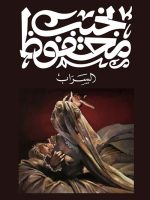
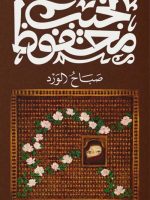
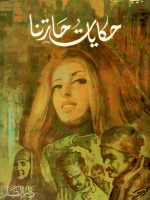

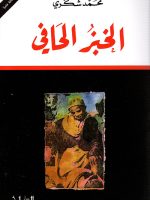
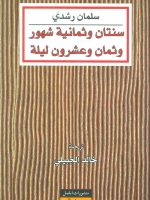


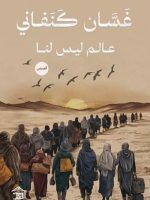
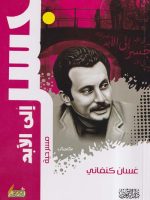


Be the first to review “I Saw in What the Sleeper Sees”